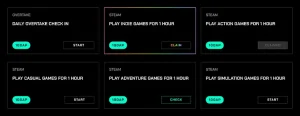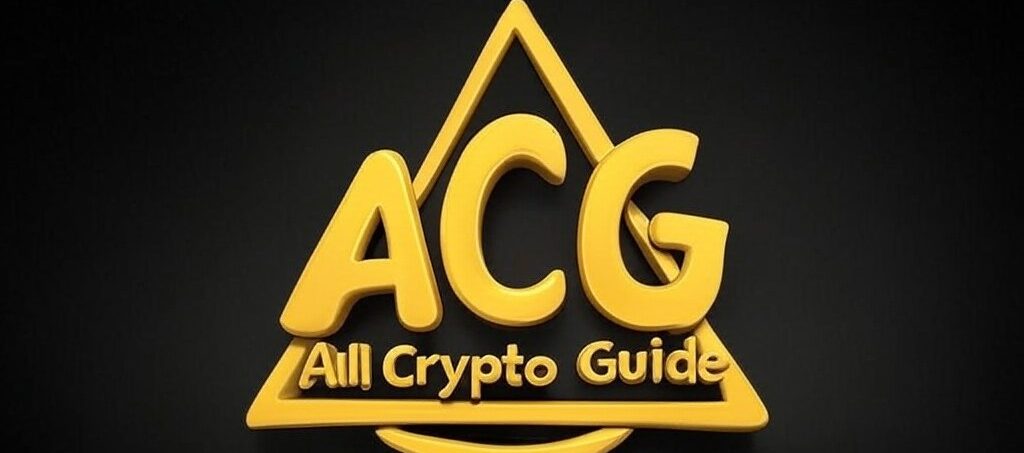Whether you’re a crypto newbie or a seasoned blockchain buff looking to level up your game, getting started with a crypto wallet is your first step towards owning your digital future. In today’s post, we’re breaking down everything you need to know about crypto wallets—what they are, why they matter, and exactly how to set one up. If you’re curious about the broader Web3 universe, check out our Beginner’s Guide to Web3, and see how the evolution from Web2 to Web3 is revolutionizing the internet.

Understanding Crypto Wallets
What Is a Crypto Wallet?
At its simplest, a crypto wallet is like your digital purse or bank account, but without the heavy hand of centralized banks. It stores your cryptocurrencies and interacts with blockchain networks, letting you send, receive, and manage digital assets. There are two main types: hot wallets, which are connected to the internet and super convenient for everyday transactions, and cold wallets, which are offline storage devices offering maximum security.
Why You Need a Crypto Wallet in Web3
Crypto wallets are essential in the Web3 ecosystem because they give you complete control over your assets. They’re not just about holding funds; they’re your key to accessing decentralized applications (dApps), engaging in decentralized finance (DeFi), and even managing NFTs. With a wallet, you’re not relying on banks or centralized platforms—you’re in the driver’s seat of your digital identity. For more insights on the building blocks of Web3, explore our post on The Key Technologies Powering Web3: Blockchain, Smart Contracts & More.
Getting Started: Step-by-Step Guide
Step 1 – Choose Your Wallet
Before you can roll with the big dogs in Web3, you need to pick the right wallet for you. There are plenty of options out there, ranging from user-friendly apps like MetaMask and Trust Wallet for hot storage to hardware wallets like Ledger and Trezor for cold storage. Consider your needs—do you value convenience or ultimate security? And remember, each option comes with its own set of pros and cons.
Step 2 – Setting Up Your Wallet
Once you’ve chosen your wallet, download and install it on your device. During the setup, you’ll create a strong password and, more importantly, receive a backup phrase (also known as a seed phrase). This phrase is your lifeline—it’s the only way to recover your wallet if something goes wrong. Treat it like gold: store it offline in a safe place and never share it with anyone.
Step 3 – Funding and Using Your Wallet
With your wallet set up, it’s time to fuel it up! You can purchase crypto from exchanges or receive funds directly. Most wallets have a straightforward interface for sending and receiving digital assets. Whether you’re planning to trade, invest, or use decentralized apps, your wallet will serve as the gateway to all these activities.
Integrating Your Wallet with Web3
Exploring Decentralized Applications (dApps)
One of the coolest parts about crypto wallets in Web3 is how seamlessly they connect with dApps. By linking your wallet to platforms in the DeFi space, NFT marketplaces, or even decentralized social networks, you can start interacting with a whole ecosystem that’s built for transparency and user empowerment. For a deeper dive into how decentralized systems work, check out Decentralization Explained: Why It Matters in Web3. And if you’re curious about how DeFi is reshaping banking, our guide on What Is DeFi? How Decentralized Finance Is Changing Banking has you covered.
Security Tips and Best Practices
Crypto wallets are powerful, but with great power comes great responsibility. Here are a few tips to keep your digital assets safe:
- Never share your backup phrase. Treat it like the secret code to a treasure chest.
- Enable two-factor authentication (2FA). It adds an extra layer of security.
- Beware of phishing scams. Always double-check URLs and never click on suspicious links.
- Keep software updated. Wallet providers frequently update their apps to patch security vulnerabilities.
Conclusion
Getting started with a crypto wallet in Web3 is more than just a technical step—it’s your entry ticket into a decentralized future where you control your financial destiny. With the right wallet, you’re equipped to explore a universe of dApps, engage with DeFi protocols, and truly own your digital assets without the middleman.
As you embark on this journey, remember that every great revolution starts with a single step. For more foundational knowledge, dive into our guides on What Is Web3?, How Web3 Differs from Web2, and The Key Technologies Powering Web3. Ready to claim your spot in the future? Set up your wallet today and join the decentralized revolution—because the future is yours to control!




